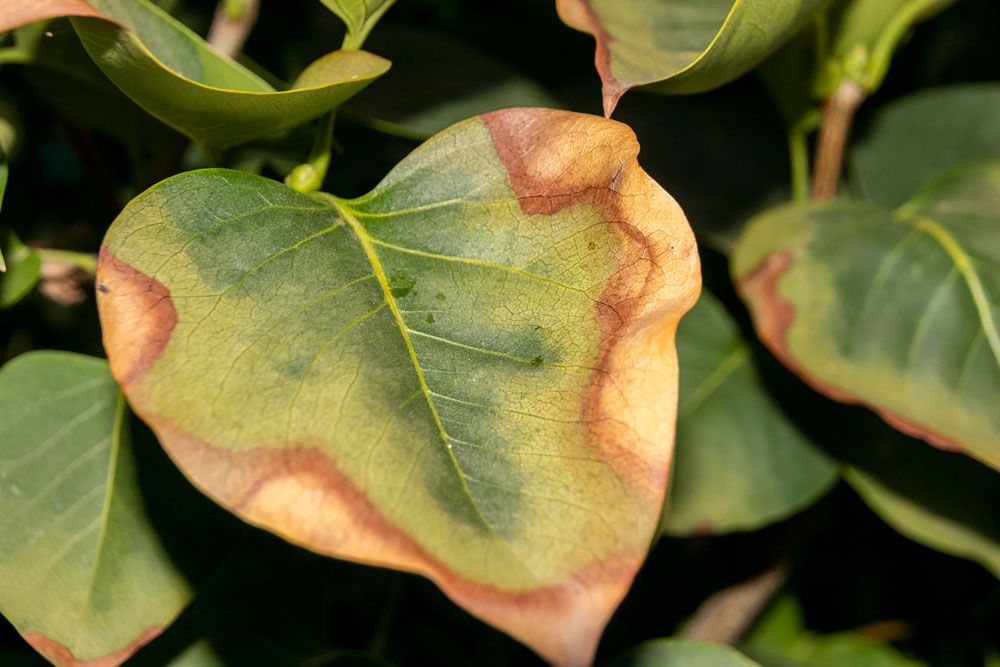
Leaf scorch
Leaf Scorch: An Overview -Management and Control
Leaf scorch is a plant physiological disease that happens when the roots are unable to receive enough water to nourish the plant’s top. Leaf scorch happens when plants transpire fast in high-temperature conditions with hot, dry winds or during droughts. Young trees, as well as those already stressed by insect infestations, illnesses, or other causes, are more vulnerable than those that are growing aggressively and in excellent health. This can happen to any plant, although symptoms are more prevalent in broadleaf trees including maple, ash, elm, chestnut, and poplar.
Symptoms
- Frequent, shallow waterings that crush and sunbake the soil surface, resulting in the progressive demise of feeder roots.
- Roots around the trunk.
- Failure to water after transplanting; recent building or excavating that has destroyed a section of the root system
- Lawn care equipment injuries to the trunk
Life Cycle
Infected leafhoppers and spittlebugs spread the germs by feeding on the succulent, terminal shoots of vulnerable host plants. As the bacteria moves through the xylem channels, it multiplies and infects other areas of the tree. There are no feasible insect vector control solutions. Cold-sensitive bacteria overwinter in sheltered parts of the tree’s xylem, and their populations begin to rise anew as the following growth season begins.
Management
The illness has no known cure. Keeping vulnerable trees healthy and growing can help them resist illness and live longer after infestation. Branches that have perished as a result of bacterial leaf scorch should be removed on a regular basis. Infected trees at a critical condition of decline should also be removed. Between pruning cuts, disinfect pruning tools with a 10% bleach solution. Avoid planting highly sensitive trees in places where bacterial leaf scorch has occurred.
